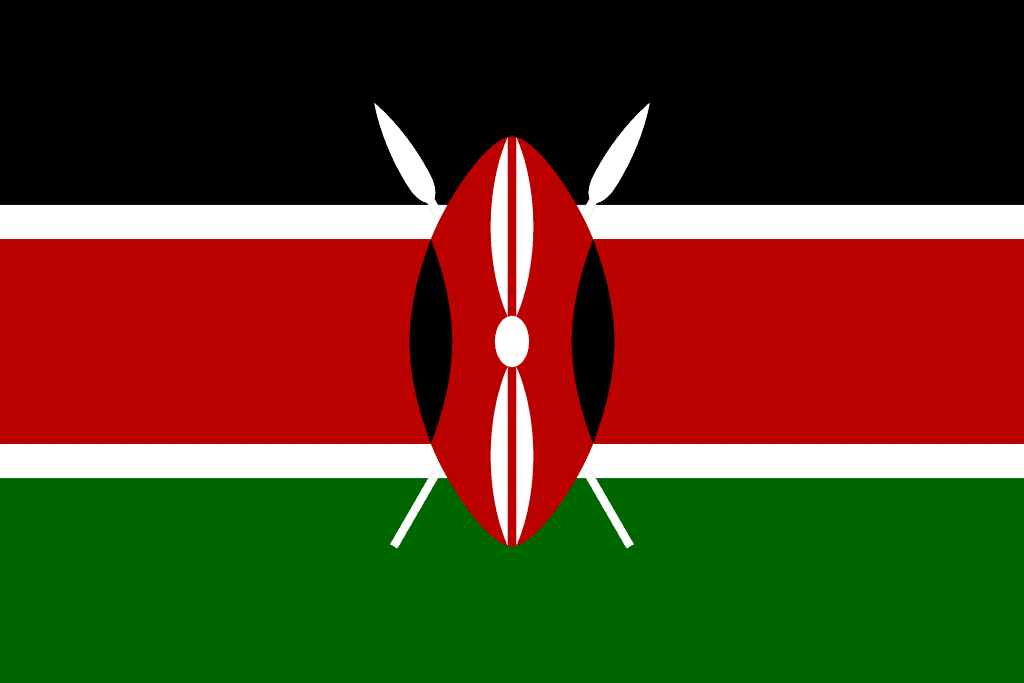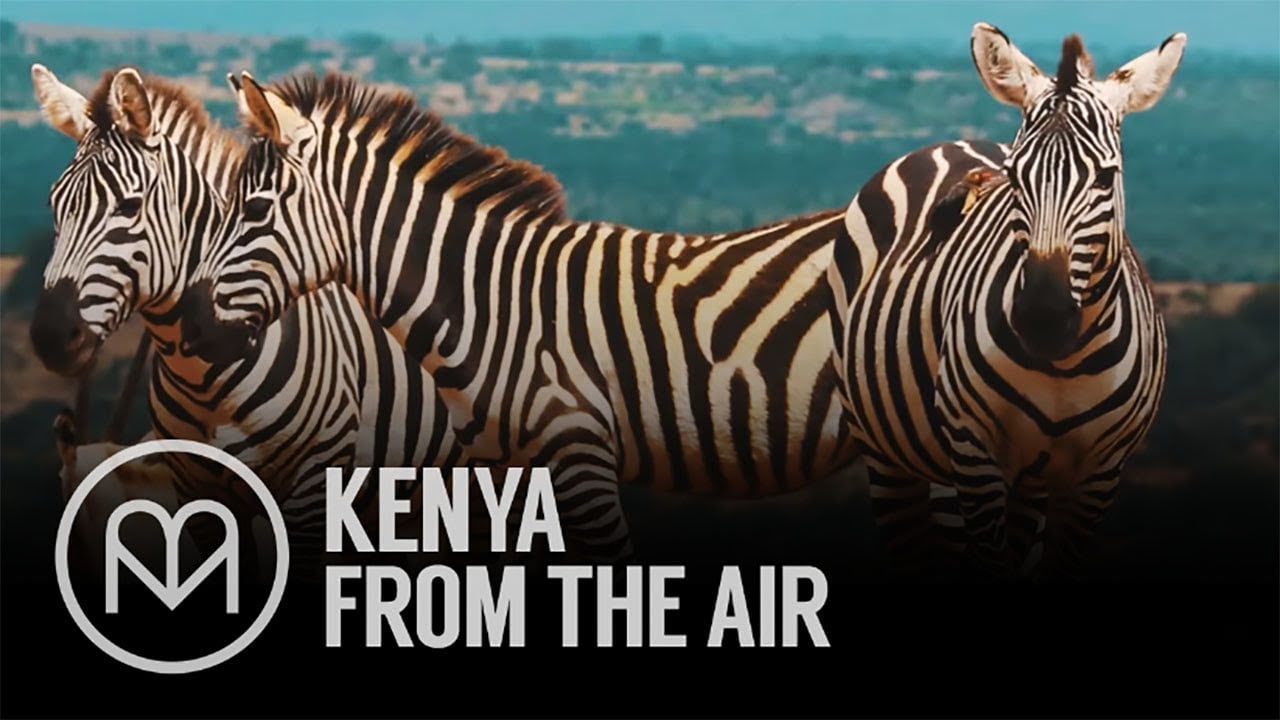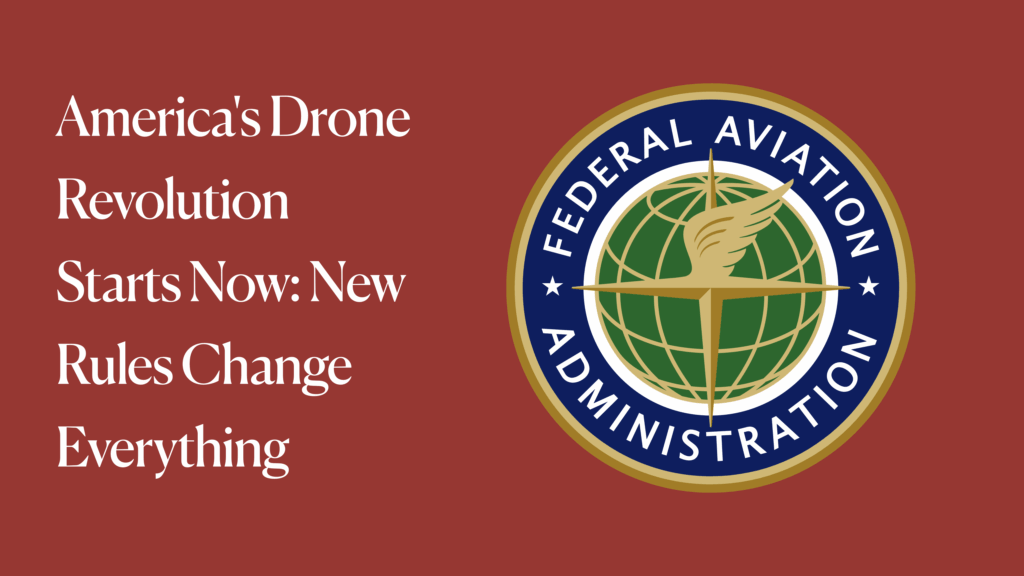Drone Laws in Kenya
Hobbyist Drone Laws For Residents of Kenya
Drone Operations in Kenya are currently regulated.
- Hobbyist drone flights are allowed in Kenya
- Hobbyist Kenya drone pilot license is required for Categories B and C
- Hobbyist Drone registration is required in Kenya for hobbyists
- Drone Remote ID is not required in Kenya for hobbyists
- Drone Insurance is not required but recommended for hobbyists’ drone operations in Kenya
Read below for more details on Hobbyist Drone Laws in Kenya and to find links to regulators and other credible sources!
Agencies Responsible for regulating drones in the Republic of Kenya
Drone Regulator in Kenya: Kenya Civil Aviation Authority (KCAA)
Link to Kenya Drone Regulations: The Civil Aviation (Unmanned Aircraft Systems) Regulations, 2020
Contact Information
If you need additional details we have not covered or specific case help, contact the Kenya Civil Aviation Authority at:
- Address: Aviation House, Jomo Kenyatta International Airport, P.O. Box 30163 -00100, Nairobi, Kenya
- Phone: +254 020 6827470-5
- Email: info@kcaa.or.ke
Please continue reading for more details on Kenya Drone Laws.
UAS Laws – General rules for flying drones in Kenya
The Kenyan agency responsible for drone safety, KCAA, has provided several internet-accessible details on flying for fun or work. The highlights are enumerated below. For more details, go to the link above.
Are drones allowed in Kenya?
According to KCAA, drone use is allowed in Kenya, subject to KCAA regulations. Read on for more details.
Here are the most important rules to know for flying a drone in Kenya:
Kenya categorizes drones according to the risk of the flights:
- Category A: low risk (up to 25 kg)
- Provided that operations are conducted within Visual line-of-sight (VLOS) only.
- Specified distances from airports and people.
- Maximum height of 400ft above ground level (AGL).
- Flights shall take place upon notification to the Authority.
- Category B: medium, regulated lower risk
- This operation category would require operational authorization from an Aviation Authority before the flight(s) taking place.
- Appropriate limitations/restrictions would be applied based on the type of operation, the complexity of the UAS, and the specific qualifications and experience of operating personnel.
- Approval for the operation would be based on a safety risk assessment analysis and any mitigations employed to reduce any risks to an acceptable level.
- This category encompasses operations where the risk to persons being overflown is more significant than what would be permitted in Category A, or involves sharing the airspace with other crewed or crewless aircraft; and
- The operations shall be conducted within defined limitations (e.g., Visual line-of-sight (VLOS).
- Category C: high risk
- UAS operations in this category shall be conducted in airspaces that are not classified as prohibited, restricted, or dangerous. They shall be subject to ATC instructions and guidance and at heights and lateral distances from persons, buildings, or objects as prescribed in the Civil Aviation (Rules of the Air) Regulations. All operations under this category shall be approved or authorized by the Authority.
- UAS operations in this category may be conducted within BVLOS, provided that the RPA has the required capabilities and is fitted with the appropriate equipment. In addition, the pilot is suitably qualified and holds appropriate ratings for such an operation.
- The Authority shall issue UAS a Certificate of Airworthiness in this category based on the Type Certificate issued by the State of design/manufacture.
- Personnel operating UAS in this category shall have a valid license issued by the Authority.
A Remote Pilot License is necessary for flights in categories B and C.
In category A, registration, a permit certificate, compliance with the following rules, and safety distances are sufficient.
- A person shall not transfer ownership of a drone without the approval of the KCAA.
- Operators must register their drones with the Authority and be issued a registration certificate.
- All drone operations must be under a specific operational category based on risk factors.
- Commercial drone operations require a pilot to obtain a Remote Aircraft Operators Certificate (ROC) from the Authority.
- Drones shall not fly above 400 feet AGL or within 164 feet (50 meters) of any person, vessel, or vehicle that is not a part of the operation.
- A pilot shall not fly a drone in non-Visual Meteorological Conditions or at night unless authorized by the Authority.
- No person shall operate an Unmanned Aircraft System over a public road or along a public road at a distance of fewer than 164 feet (50 meters).
- A public roadway shall not be used as a place for the landing or take-off of a drone.
- Operating a drone within 6.2 miles (10 kilometers) of an airport from the airport reference point for code C, D, E, and F airports is prohibited without authorization.
- Operating a drone within 4.3 miles (7 kilometers) of an airport from the airport reference point for code A and B airports is prohibited without authorization.
How to register a drone in Kenya?
Drones now have to be registered with the Civil Aviation Authority (KCAA), and a certificate will be issued.
Applications for registration of UAS shall be submitted online at www.kcaa.or.ke The following documents shall accompany the application:
- Identification documents
- Police clearance certificate
- Company registration document (if applicable)
- Photo of the UAS
- Type Certificate of the UAS (if applicable)
- Circuit diagram of the UAS (if applicable)
The Authority shall undertake due diligence when reviewing any requests for registration in conjunction with relevant government agencies.
Approval shall be granted upon successful review by the Authority, and a certificate of registration shall be issued.
According to the law, drones should be identifiable, which means the registration data must be attached visibly.
How to get a permit to fly a drone in Kenya?
KCAA Drone Permit and KCAA Drone Registration: Applications for registration of UAS shall be submitted online at www.kcaa.or.ke The following documents shall accompany the application
- Identification document, i.e., passport
Color photograph of UAS (front and side, on the ground, occupying most of the image size) - A clear picture of the serial number of UAS
- Copy of drone pilot license/certificate
- Safety documentation containing at least emergency procedures in case of:
- Control failure
- Engine failure
- Accumulator issues
- Command and control data link failure
- Copy of a liability insurance document related to UAS operation Type certificate (if applicable)
The application shall undergo the vetting and evaluation process
Approval shall be granted upon successful review.
Notes for recreational drone pilots flying for fun in Kenya
See the general rules above.
How to get a temporary import permit for private drone use in Kenya?
A UAS imported in Kenya for private use shall not be used for any activity involving reward or gain. This restriction includes developing content aimed at a publication for personal gain.
An owner of a UAS to be temporarily imported into Kenya shall apply to the Authority for approval of the temporary import in a prescribed format. The application shall be accompanied by the following:
- Identification documents
- Details of the UAS.
- Valid visa for the duration of stay (where applicable); and
- Areas of operation of the UAS.
A UAS temporarily imported into Kenya for private use shall remain in the country for a specified duration (specified in the temporary import permit). The Authority shall be notified when it is exported out of the country.
Drone Laws For Visitors To Kenya
Drone Operations in Kenya are currently regulated.
- Foreign visitor drone flights are allowed in Kenya when permitted
- Foreign visitor drone pilot license is required
- Drone registration is required in Kenya for visitors/tourists
- Drone Remote ID is not required in Kenya for tourists
- Drone Insurance is not required but recommended for tourist drone operations in Kenya
Read below for more details on Drone Laws in Kenya for Visitors (Tourists) and to find links to regulators and other credible sources!
Additional Note for Foreign Operators
In Kenya, drone ownership is restricted to citizens, residents, businesses, and governments. This restriction would rule out foreign tourists, leaving only the option of renting a drone locally. The law does, however, include a 30-day temporary permit that may be appropriate for travelers.
See details below for each import type.
Commercial Drone Laws For Residents of Kenya
Drone Operations in Kenya are currently regulated.
- Commercial drone flights are allowed in Kenya
- Commercial Kenya drone pilot license is required
- Commercial Drone registration is required in Kenya for commercial drone operators
- Drone Remote ID is not required in Kenya for Commercial Drone Operators
- Drone Insurance is not required for commercial drone operations in Kenya
Read below for more details on Commercial Drone Laws in Kenya and to find links to regulators and other credible sources!
Notes for operating Commercial Drone Services in Kenya
Individuals or businesses wishing to use drones for commercial purposes must apply to KCAA for a Remote Aircraft Operators Certificate (ROC).
According to the regulations, “the Authority may issue a ROC only after the UAS operator demonstrates the following:
- Adequate organization,
- Method of controlling and supervising flight operations,
- Training program and ground handling and maintenance arrangements that are consistent with the nature and extent of the operations specified and commensurate with the size, structure, and complexity of the UAS.
A person shall not operate a UAS in Kenya without authorization from the Authority.
Upon application, the Authority may grant an applicant a short-term license for a period not exceeding thirty (30) days, renewable once.
The Authority may impose such terms and conditions as it deems fit and shall have regard to the public interest and the need to provide reasonable protection for Kenyan Operators.
How to get a temporary import permit for commercial drone use in Kenya?
An owner of a UAS to be temporarily imported into Kenya shall apply to the Authority for approval of the temporary import in a prescribed format. The application shall be accompanied by the following:
- Identification documents
- Details of the UAS.
- Valid visa for the duration of stay (where applicable); and
- Areas of operation of the UAS.
A UAS temporarily imported into Kenya for private use shall remain in the country for a specified duration (specified in the temporary import permit). The Authority shall be notified when it is exported out of the country.
The Authority may refuse to grant an application for a short-term license based on the regularity of short-term operations under this regulation.
Drone Laws For Government Drone Operators in Kenya
Drone Operations in Kenya are currently regulated.
- Government drone flights are allowed in Kenya
- Government drone pilot license is required
- Drone registration is required in Kenya for Government operations
- Drone Remote ID is not required in Kenya for Government operations
- Drone Insurance is not required for Government drone operations in Kenya
Read below for more details on Drone Laws in Kenya for Government Drone Operations and to find links to regulators and other credible sources!
Useful published information on flying drones in Kenya
Here is a sample of what you might expect if you follow the drone laws and fly in Kenya…
Authoritative Sources of Information on Kenya Drone Laws
We will attempt to keep an updated list of online authoritative links to regulators and other official websites here:
- Drone Regulator Website: Kenya Civil Aviation Authority (KCAA)
- Link To SUAS Laws: The Civil Aviation (Unmanned Aircraft Systems) Regulations, 2020
- No Fly Zone Maps/Locations: N/A
- UAV Registration Site: RPAS Management System
- Drone Operator Licensing Site: N/A
- Others: N/A
NOTE: This page is about the Regulation of Unmanned Aerial Vehicles: Small Unmanned Aerial Systems (SUAS), Small UAS, Remote Piloted Aerial Systems (RPAS), unmanned aerial vehicle (UAV), Unmanned Aerial System (UAS), and drone are interchangeable terms unless specified. Model Aircraft, toy, remote-controlled, and RC aircraft may be covered by the same regulations unless specified.
Find out why
We think you must use a Drone Preflight Checklist
And a Drone Post-flight checklist
Free Drone Flight Checklist PDF
This Drone Flight Checklist is better than others.
It’s free!
It includes both the preflight checklist and post-flight checklist
It’s an easy-to-use printable PDF that covers all your bases.
Traveling with a Drone?
Click here to read our Comprehensive Guide For Traveling With A Drone.
LET US CONNECT YOU
Calling All Drone Service Companies, Trainers, Tour Guides with Drone Experience
Contact Us with your website, email address and phone number using our Contact Page
We want to share your information with visitors who look for credible providers that follow the rules.
NOW IT’S YOUR TURN





Leave a Comment